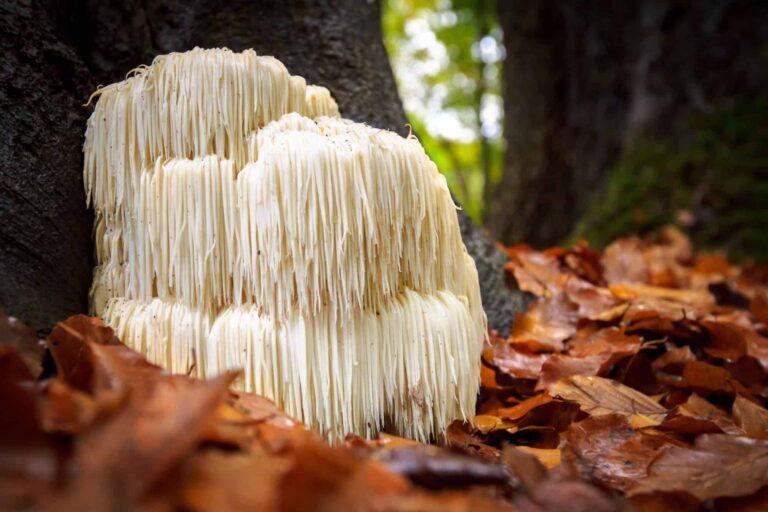
Kava: The Pacific Elixir
Origins: Kava, derived from the root of the Piper methysticum plant, has deep roots in the cultural and ceremonial practices of the Pacific Islands. For centuries, Pacific Islanders have prepared and consumed Kava in gatherings, ceremonies, and social rituals. The drink, made by pounding or grinding the root and mixing it with water, holds a central place in the cultural fabric of communities from Fiji to Hawaii.
Uses:
Kratom: The Leaf of Balance
Origins: Kratom, derived from the leaves of the Mitragyna speciosa tree indigenous to Southeast Asia, has a history deeply entwined with traditional medicine in the region. Native communities in countries like Thailand and Malaysia have utilized Kratom for its diverse medicinal properties for generations.
Uses:
Comparisons and Considerations:
While both Kava and Kratom share a heritage of traditional use and offer unique benefits, they differ in their primary effects and cultural contexts. Kava is celebrated for its calming and social qualities, whereas Kratom is prized for its diverse range of effects, including pain relief, energy, and mood enhancement.
Cultural Considerations: Understanding the cultural contexts in which Kava and Kratom have been traditionally used is crucial. Kava ceremonies hold deep cultural and spiritual significance in the Pacific, while Kratom has been woven into the fabric of traditional medicine in Southeast Asia.
Legality and Safety: The legal status of Kava and Kratom varies globally, with some regions imposing restrictions or bans due to safety concerns or potential for misuse. It’s essential for users to be aware of the legal landscape and exercise caution in sourcing and consumption.
Conclusion: A Tapestry of Traditional Remedies
As we conclude our exploration of Kava and Kratom, it’s evident that these botanical wonders have enriched the lives of communities across the Pacific and Southeast Asia for centuries. Whether used for relaxation, pain relief, or communal bonding, Kava and Kratom showcase the diversity and potency of traditional remedies.
As interest in herbal alternatives grows, it becomes paramount to approach these substances with respect, cultural awareness, and a commitment to responsible use. By understanding the origins and uses of Kava and Kratom, we can appreciate the intricate tapestry of traditional remedies that have stood the test of time.
COPYRIGHT © 2023 · MADE WITH LOVE IN COLORADO. ALL RIGHTS RESERVED.